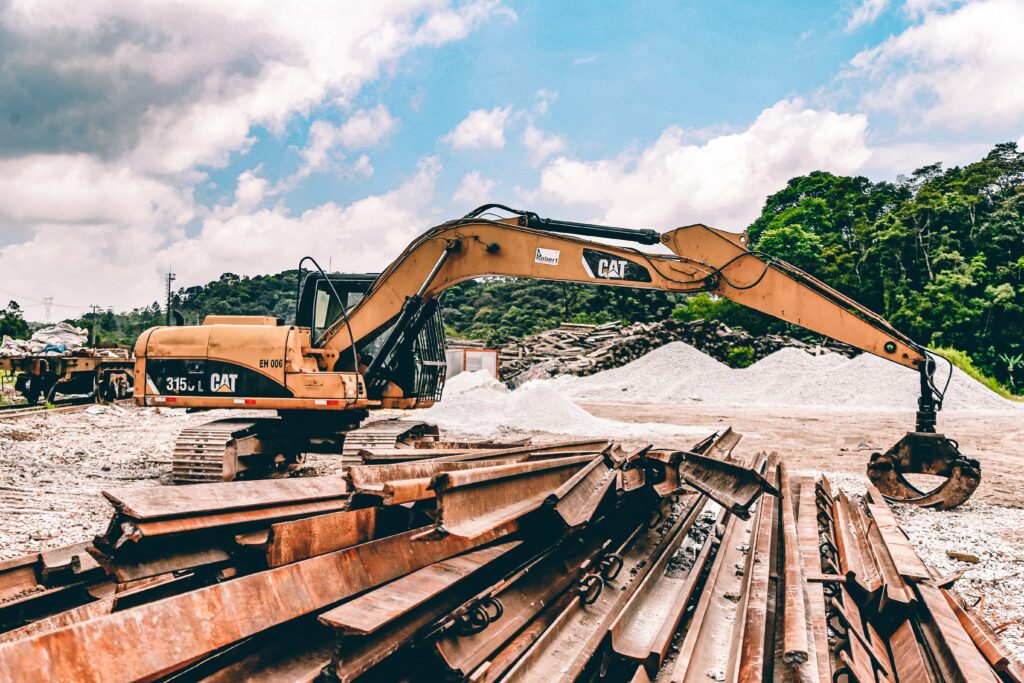Construction projects are notorious for their susceptibility to weather-related downtime. With weather patterns becoming more unpredictable and extreme due to climate change, it is becoming increasingly challenging for builders to minimize downtime from weather uncertainty. However, there are steps that contractors can take to minimize the impact of weather on their projects. In this post, we will explore some of the best ways to minimize construction downtime from weather uncertainty.
- Plan Ahead
The first step in minimizing construction downtime from weather uncertainty is to plan ahead. This means considering the potential weather-related risks before starting a project and taking steps to mitigate them. For instance, if you know that your project site is prone to flooding, you can take steps to elevate the site or install a drainage system. Similarly, if your project involves working during the rainy season, you can plan to work on the interior of the building during that time or use materials that are less sensitive to moisture.
- Monitor the Weather
Monitoring the weather is essential for any construction project. However, it is especially important when weather uncertainty is high. There are many online weather services that can provide real-time weather updates, including temperature, wind speed, precipitation, and humidity. Contractors should use these services to keep track of weather patterns and adjust their plans accordingly. For example, if heavy rain is forecasted, the contractor can reschedule outdoor work for a later date.
- Use Temporary Structures
Temporary structures can be an effective way to minimize construction downtime from weather uncertainty. For example, if your project involves pouring concrete, you can use temporary shelters or tents to protect the concrete from rain. Similarly, if you need to work on the roof during the rainy season, you can install temporary covers to protect the workers and the construction materials.
- Use Weather-Resistant Materials
Using weather-resistant materials can help to minimize the impact of weather uncertainty on your construction project. For example, using materials such as fiber cement siding, metal roofing, or vinyl windows can provide better protection against moisture and wind damage than traditional materials like wood. These materials can also be more durable and require less maintenance over time, saving you money in the long run.
- Prepare for Extreme Weather Events
Extreme weather events, such as hurricanes, tornadoes, or severe thunderstorms, can cause significant downtime for construction projects. Therefore, it is essential to prepare for these events in advance. This means having an emergency plan in place, securing construction materials and equipment, and evacuating the site if necessary. Additionally, contractors should consider purchasing insurance policies that cover weather-related damage to the project.
- Schedule Work Appropriately
Scheduling work appropriately is crucial to minimizing construction downtime from weather uncertainty. For instance, if your project involves outdoor work, you should schedule the work during the dry season or during periods when the weather is expected to be more stable. Similarly, if you need to work on the interior of a building during the rainy season, you can plan to do so during that time to avoid downtime caused by weather-related issues.
- Communicate with Your Team
Communication is key to minimizing construction downtime from weather uncertainty. Contractors should communicate with their team members to ensure that everyone is aware of weather-related risks and understands how to adjust their work accordingly. Communication is a simple but effective tool that many on construction sites overlook.





